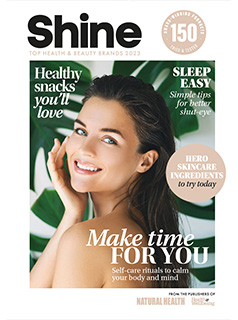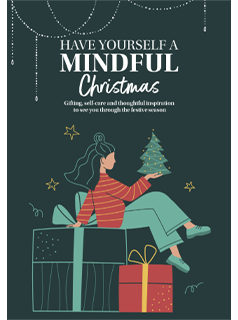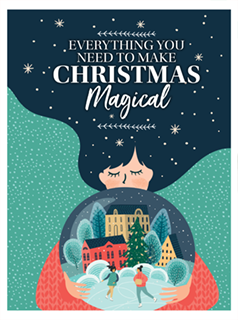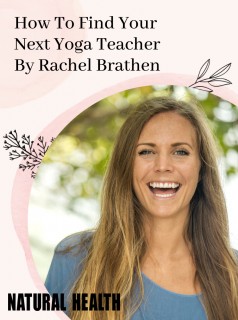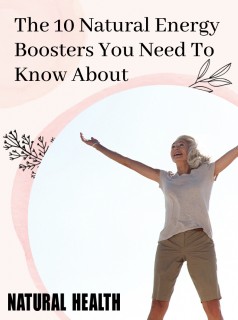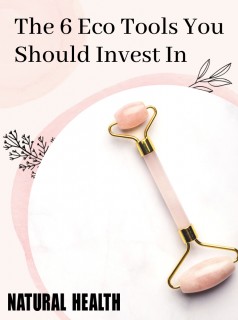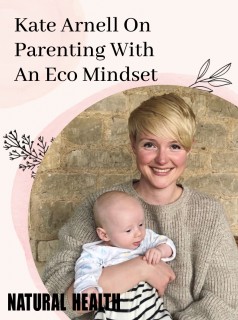Simple yoga techniques can help to relieve the symptoms of many common ailments. So why not try reaching for your yoga mat next time you feel under the weather, says Sue Fuller.
Simple yoga techniques can help to relieve the symptoms of many common ailments. So why not try reaching for your yoga mat next time you feel under the weather, says Sue Fuller. yoga has been used to help practitioners reach optimum levels of health. Yoga techniques help to free the body and the mind from unnecessary tension, and enable pranic energy, or vital life force, to travel freely around the body. The unrestricted flow of pranic energy will encourage physical and emotional healing and prevent other ailments or conditions from developing. Various techniques can be used to help relieve the symptoms of many common ailments. Here are just a few examples:
Lower back pain
Lower back pain is extremely common and is often caused by incorrect alignment or weak abdominal muscles. Performing a simple spinal twist will help to release the tension stored in the lower back and ease any pain.Begin laying on your back with your knees bent and your arms stretched out to the side, level with your shoulders. Make sure that the soles of both feet are in contact with the floor and the outside edges of your feet are parallel. Breathe slowly in and out through your nose. When you are ready, inhale and as you exhale let your knees fall to the right and turn your head to the left. As you inhale, return to your starting position. Next time you exhale allow your knees to fall to the left and turn your head to the right. Continue with these movements for 20 complete breaths and then finish by drawing your knees in towards your chest. As you draw your knees in towards your chest, hold on to your knees or shins, and think about relaxing your shoulders and releasing your lower back. Remain here for at least five minutes whilst you breathe slowly in and out through your nose.
Headaches
Nadi Shodhana (Alternate Nostril Breathing) is a simple pranayama that will help relieve headaches. Sit in a comfortable position with a straight spine. Using the right hand, place the thumb beside your right nostril, your first two fingers to your forehead and your ring finger beside the left nostril. Block your right nostril and inhale through the left nostril. Then block the left nostril and release your thumb so that you can exhale through the right nostril. Now inhale through the right nostril, replace your thumb to your right nostril and release your ring finger so that you can exhale through the left nostril. Continue like this for up to five minutes and then rest with your eyes closed whilst breathing slowly.
Anxiety and stress
The ujjayi breath is otherwise known as the breath of tranquillity. This pranayama will help to relieve stress, calm the mind and prevent feelings of anxiety. To perform ujjayi breathing, breathe slowly in and out through your nose. As you do so, visualise the air entering and leaving your body through a hole in your throat. This technique will open the throat and, as a result, you will feel that more air is entering the body. Allow your breath to create a soft sound as it passes across the vocal cords. Both your inhalation and exhalation should be long and controlled and last for approximately the same duration. Focusing on the sound created by the ujjayi breath helps you to relax and calm the mind.
Irritable bowel syndrome
Apanasana, the wind release, will help with irritable bowel syndrome! It will gently squeeze the intestines and help to move waste through the system. Begin by drawing your knees in towards your chest. Hold on to your knees or shins and breathe slowly in and out through your nose. Inhale and allow your knees to drift away from you – around 6cm to 8cm. As you exhale draw your knees in towards your chest. Continue like this for 20 complete breaths.
Period pain
Performing majaryasana (cat) and Balasana (pose of the child) will help to relax the pelvis and lower back and relieve symptoms of menstrual cramps. Begin on your hands and knees. Place your hands under your shoulders and your knees under your hips. Relax the tops of your feet towards the floor. As you exhale, round your back up towards the ceiling and drop your chin towards your chest. As you inhale reverse the position by dropping the stomach down towards the floor and lifting the lower back, chest and head. Continue breathing through the nose for 10 more breath cycles. Then release your hips on to your heels and place your forehead to the floor. Position your arms alongside your body, resting in the pose of the child for at least five minutes.
NB If you suffer from any serious medical conditions you should always seek medical advice first.
Fatigue
A simple Surya Namaska (sun salutation) will help to raise energy levels and increase vitality, thus banishing feelings of fatigue.
Begin standing at the top end of your yoga mat, breathing slowly in and out through your nose. Position your feet hip distance apart and allow your arms to hang alongside your body. Feel that you are growing out of the crown of your head, broaden your upper back and release your shoulders away from your ears. Remain in this position for 10 breaths. This posture is called the mountain (tadasana).
Inhale and lift your arms out to the side until your hands are above your head. Create a prayer position with your hands. Exhale and fold forward into a standing forward bend, allowing your arms to hang alongside your legs.
Inhale and step the right foot as far back as is comfortable whilst bending the left knee. This is a long lunge. Exhale and step the left foot back so that it is beside the right. Work to create a triangular shape with your body. This posture is called downward facing dog (addho mukha svanasana). Inhale and place your knees to the floor, relax the feet and make sure that your hands are under your shoulders. This posture is called cat (majaryasana).
Exhale and look through your legs. Then inhale and reverse the movement, lifting your hips and head. Exhale and move back to downward facing dog. Then inhale and step the right foot forward, returning to a long lunge. Exhale, step the left foot beside the right, returning to a standing forward bend. Inhale and uncurl, lifting the arms up above the head to form a prayer position with the hands. Exhale and push the palms together, lowering the arms in front of the body.
To complete the cycle, repeat this sequence, stepping back with the left leg and then repeating the whole cycle two more times.
Article by
Sue Fuller
Yoga Teacher
Sue Fuller is a leading yoga teacher, writer and co-founder of wellbeingworldonline.com A leading yoga teacher for over 15 years, Sue trained with the Sivananda organisation in Neyyar Dam, India...
Discover more
Article by
Sue Fuller
Yoga Teacher
Sue Fuller is a leading yoga teacher, writer and co-founder of wellbeingworldonline.com A leading yoga teacher for over 15 years, Sue trained with the Sivananda organisation in Neyyar Dam, India...
Discover more






